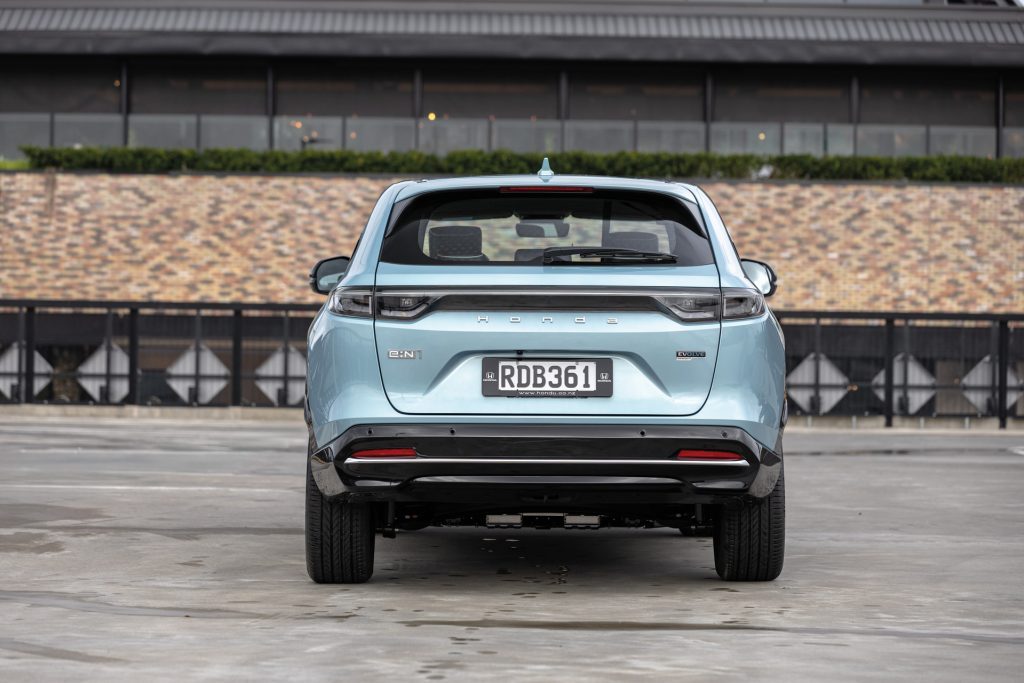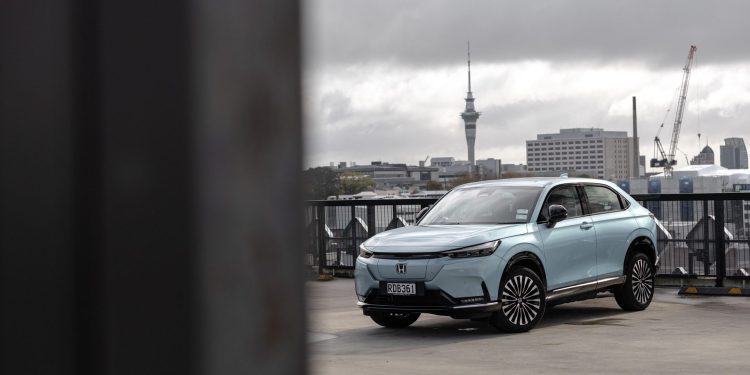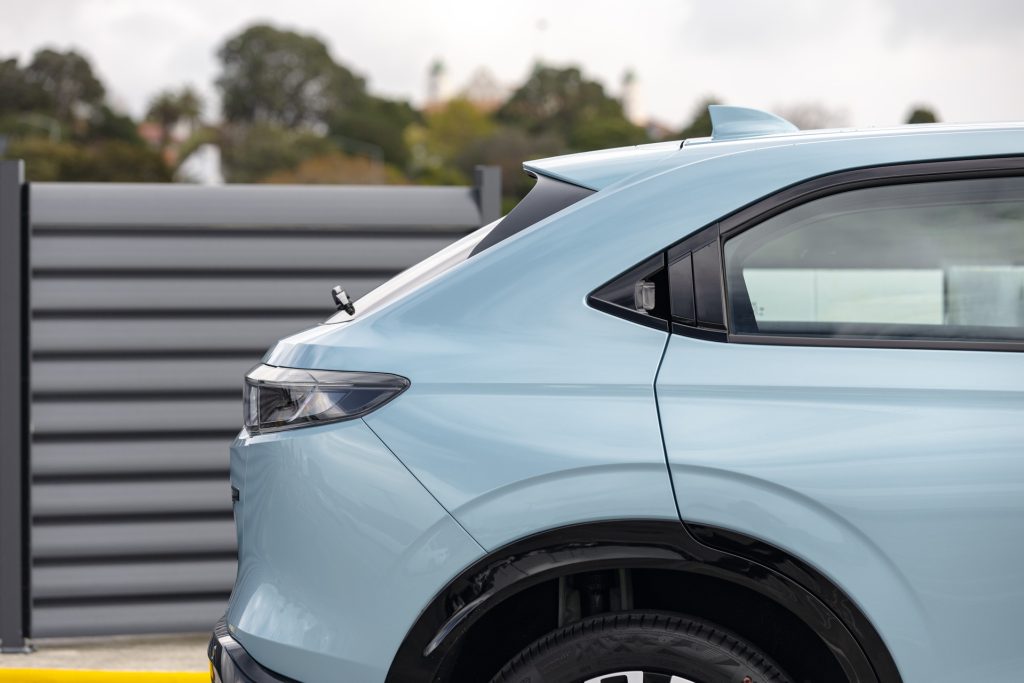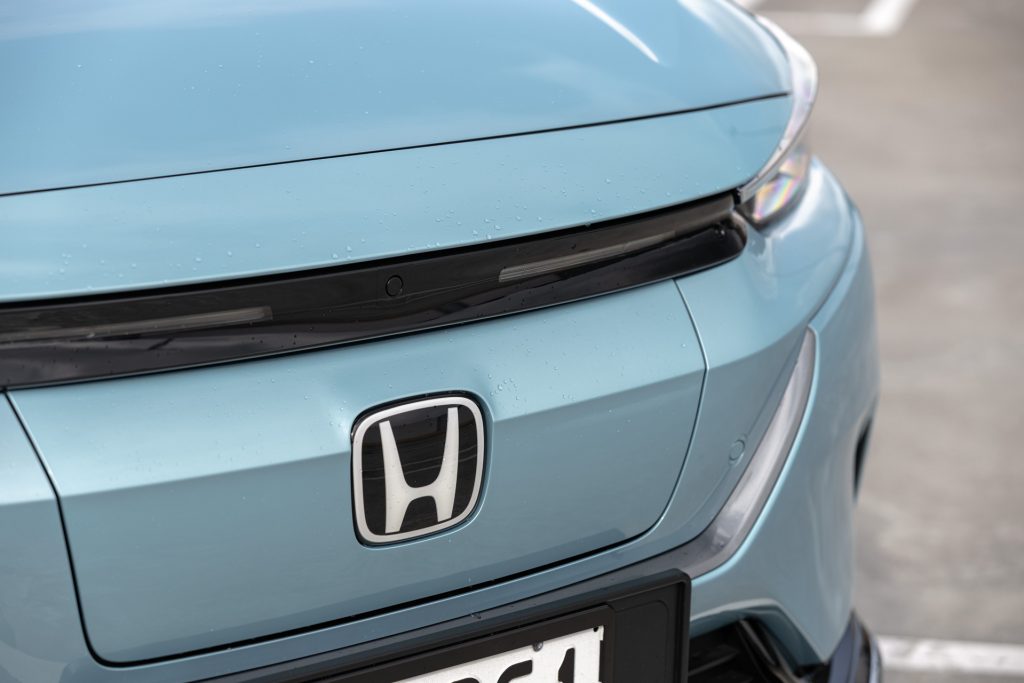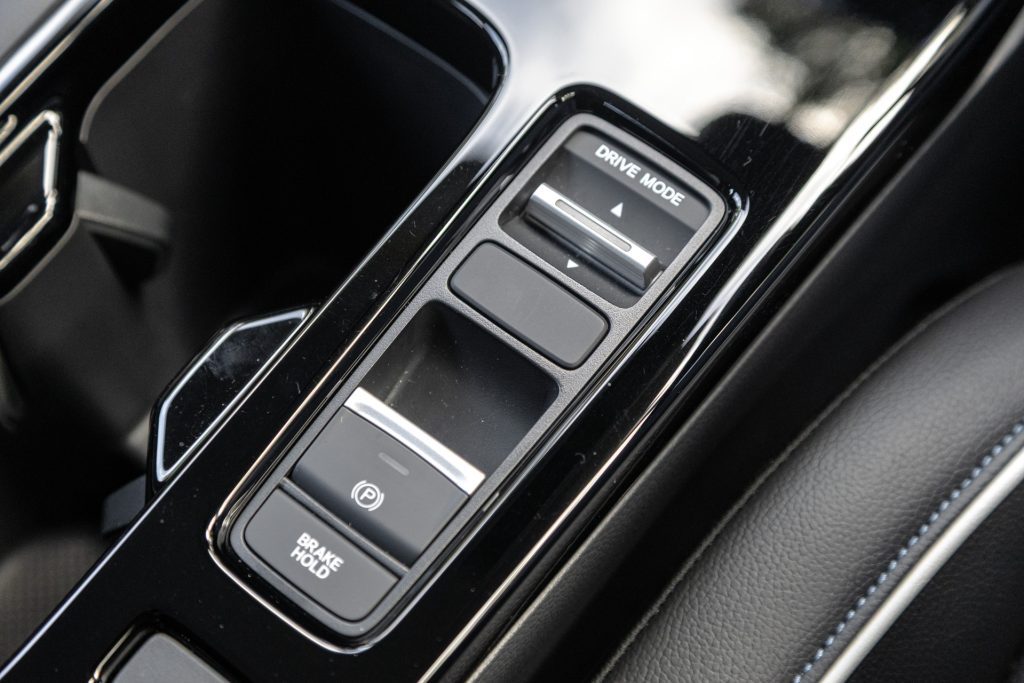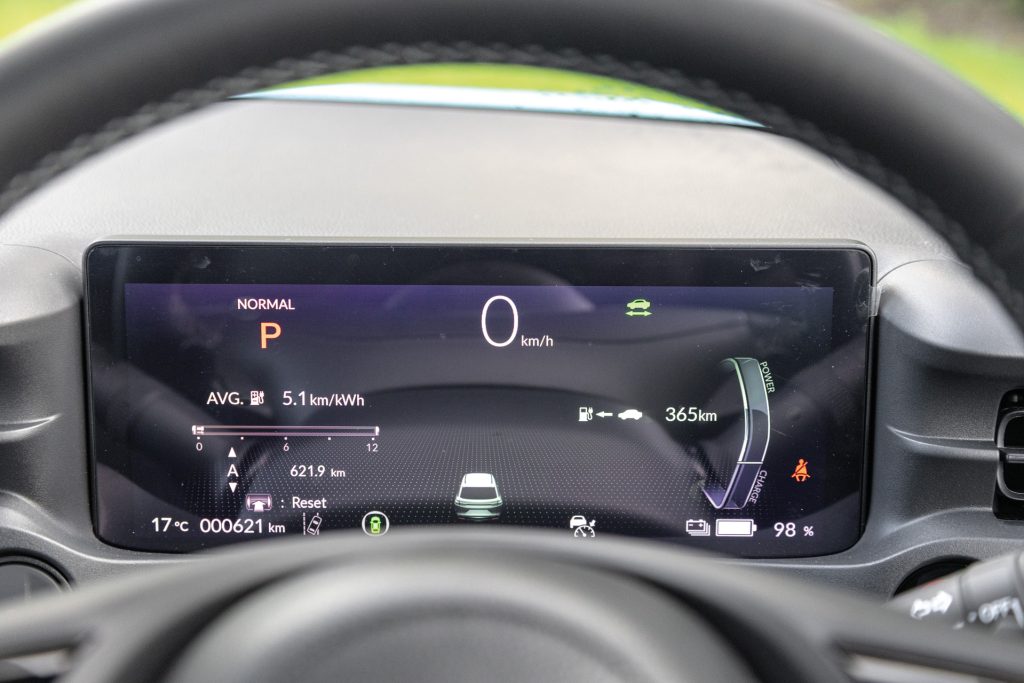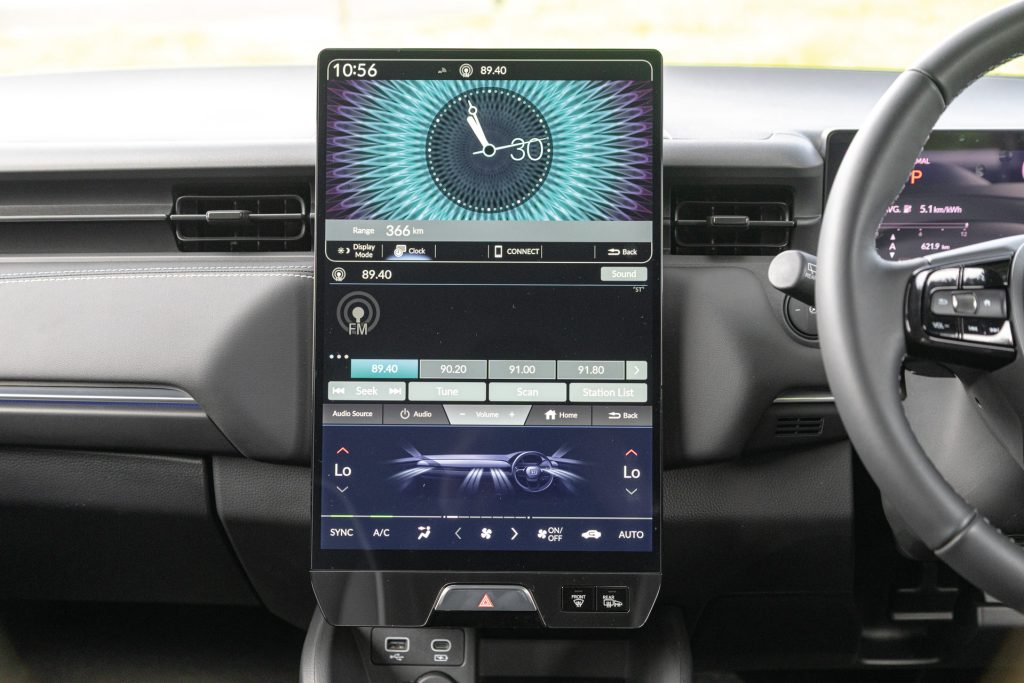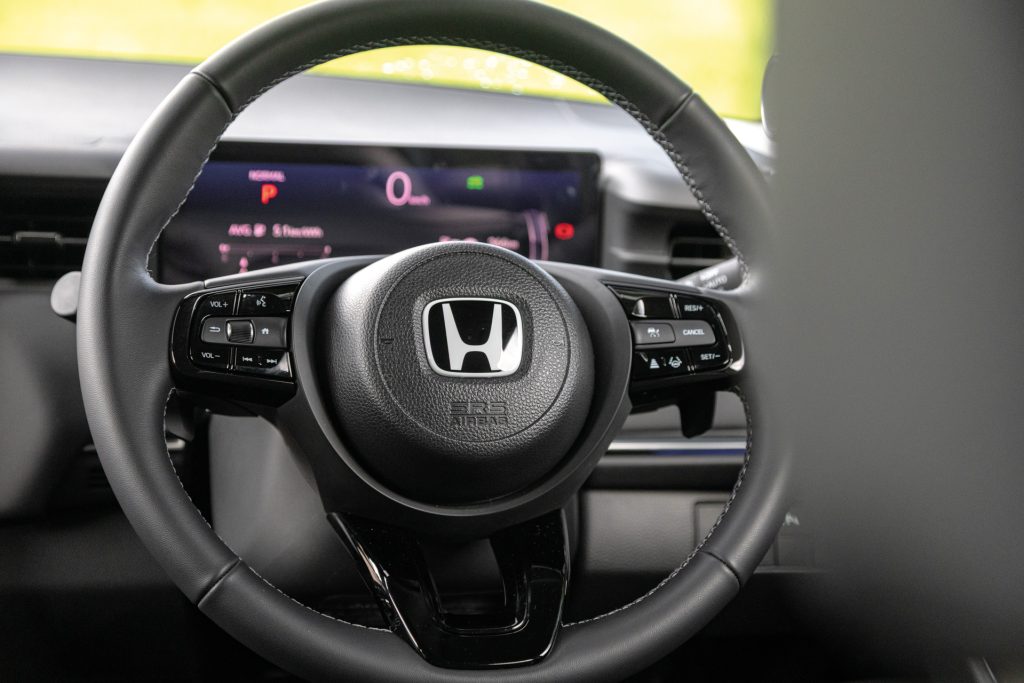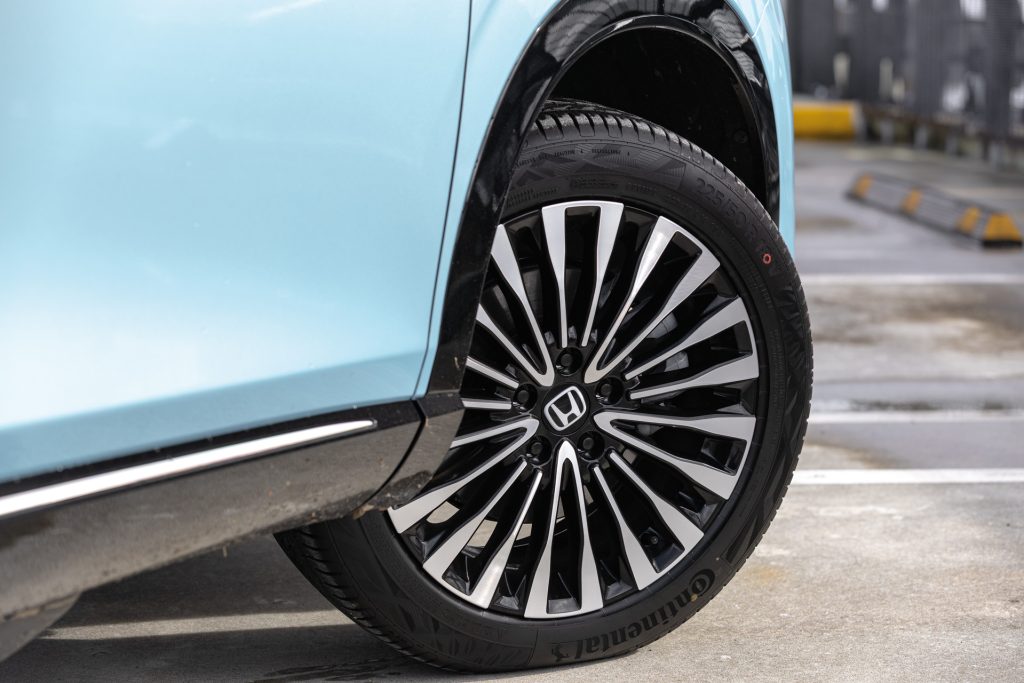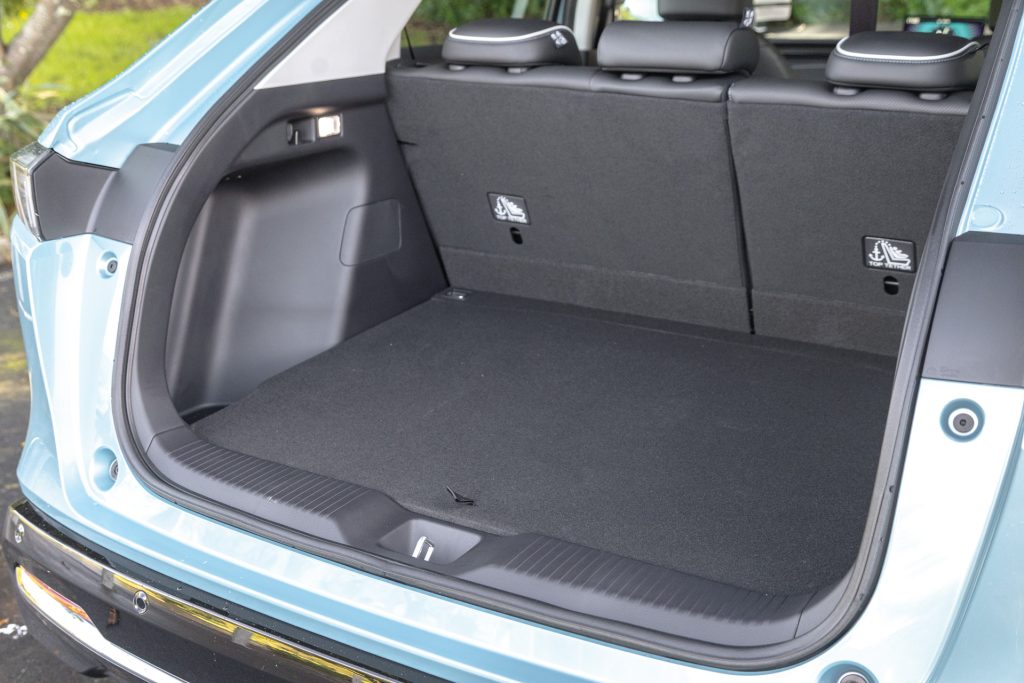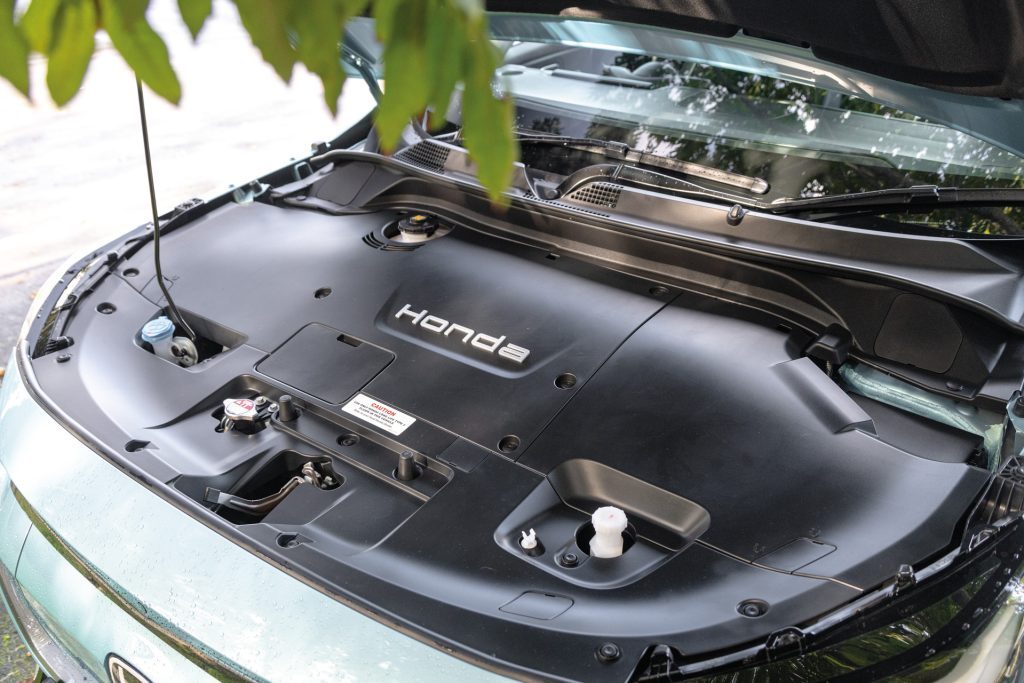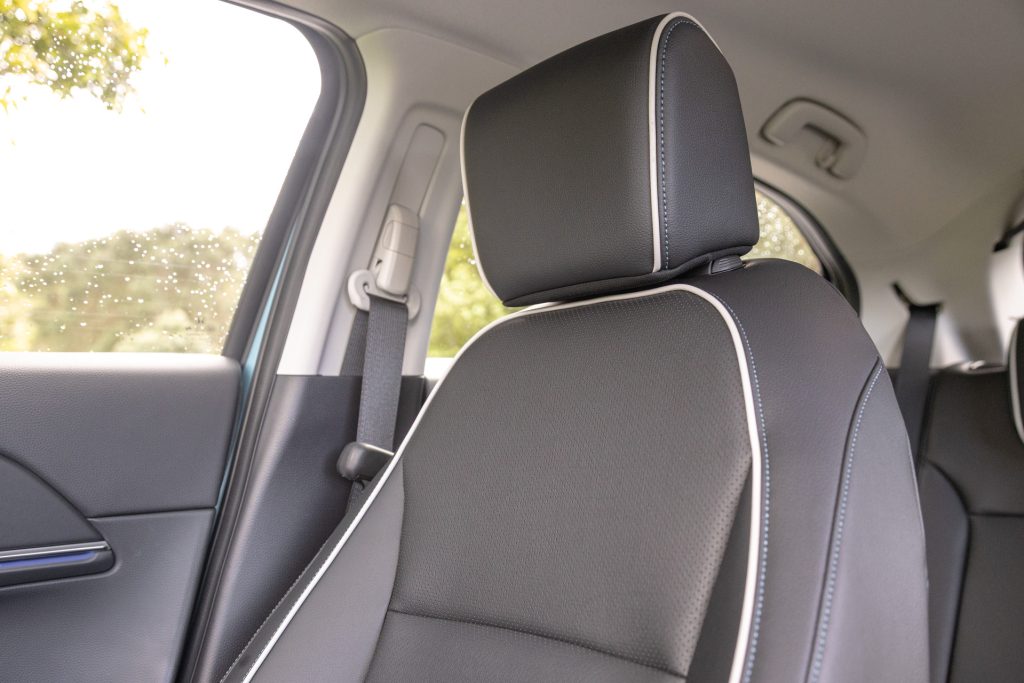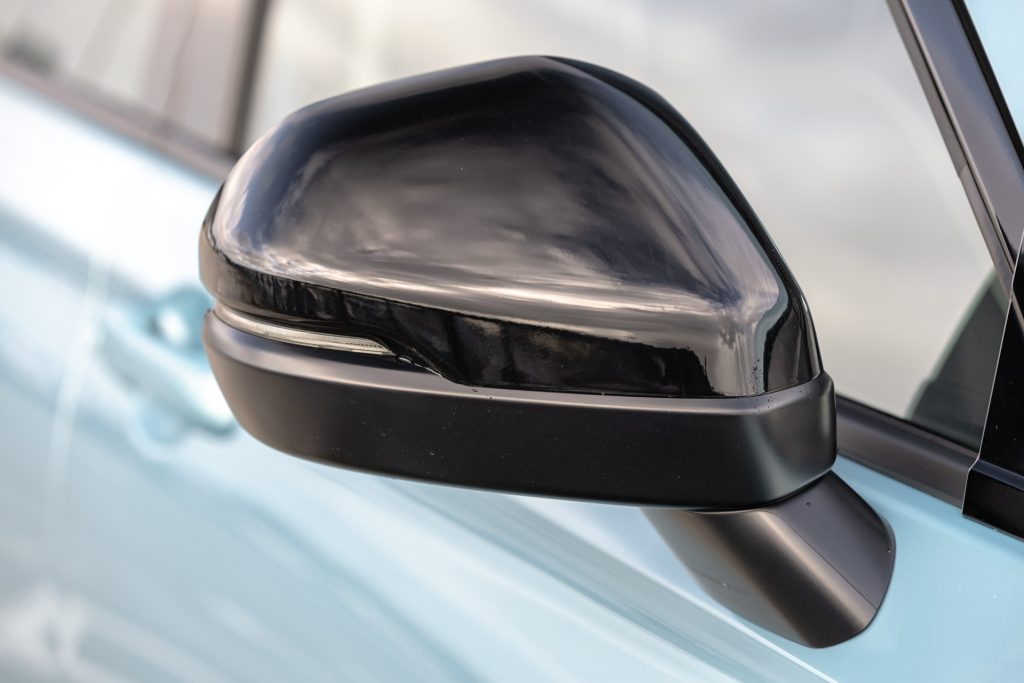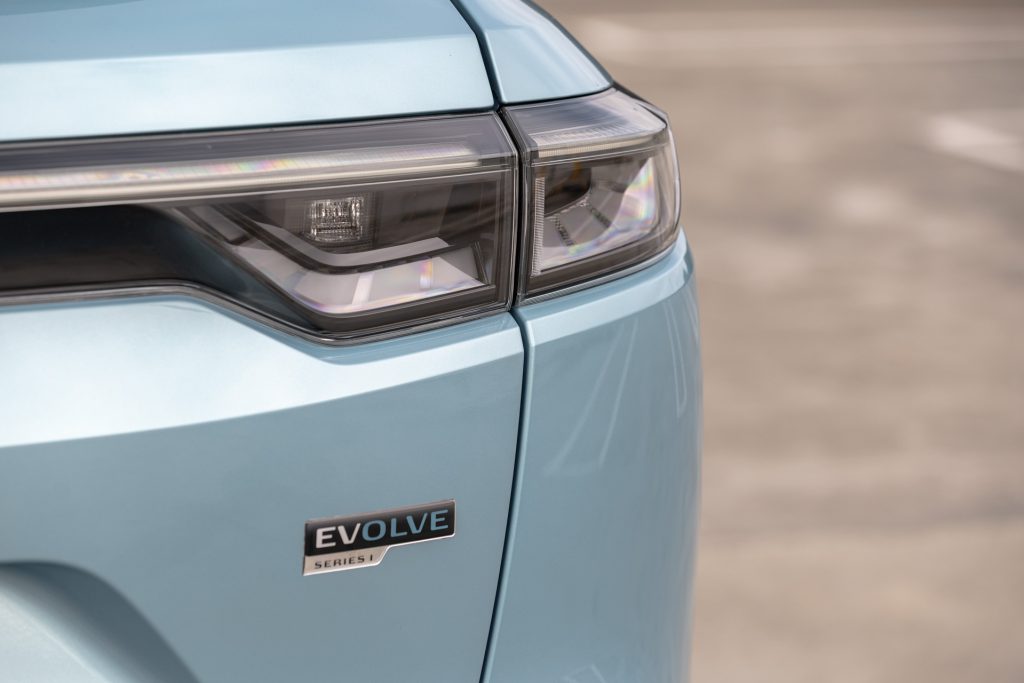2025 Honda e:N1 Review
Words: Richard Edwards | Photos: Alex Schultz
While Honda has dabbled in electric vehicle tech over the years, the e:N1 is its first full EV offering here in NZ. How does it stack up with competitors from less established brands?
Honda was an early electrification adopter with the pioneering Insight hybrid and later even built a Jazz EV. But it then took a lengthy detour down a hybrid-only alley while other brands surged ahead electrically. There was the Honda e, but that was more of a fun show car than a mainstream entrant.
Now, the brand is making a bold return to the EV space with a car that’s more mass market and export-minded: the e:N1. If the shape looks familiar, that’s because it is essentially the electrified version of the Honda HR-V. It shares much of the same footprint and proportions, but under the skin it swaps out combustion for electrons.
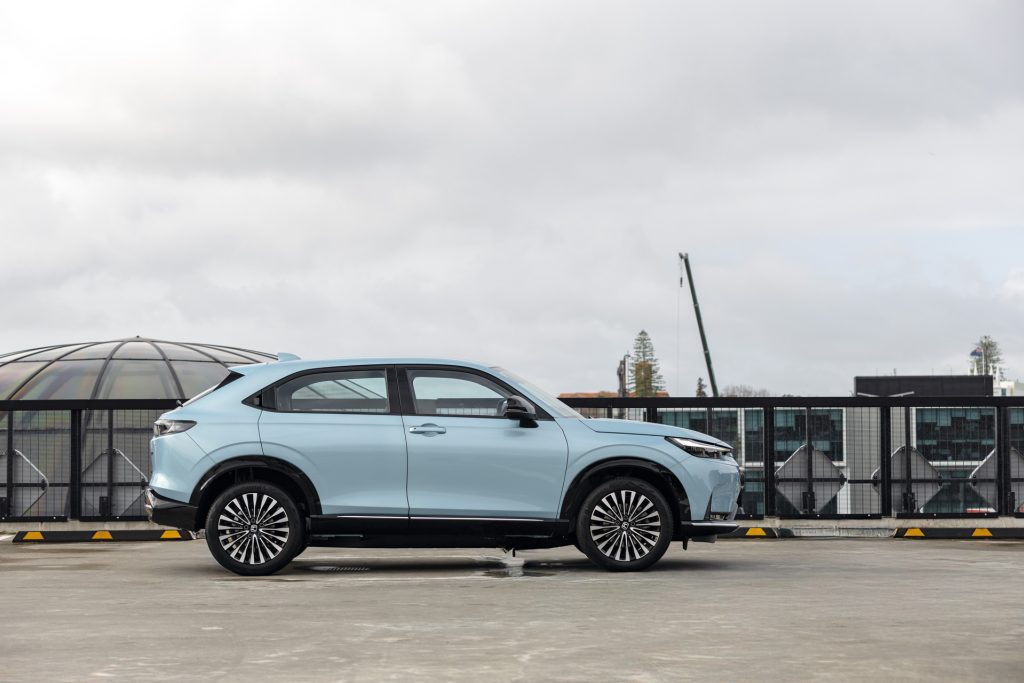
Via China
Honda calls this its first global EV and it’s aimed squarely at the compact SUV segment currently dominated by Chinese newcomers and Korean stalwarts. What is the best way to take on these electrification powerhouses? Join them. Honda is working with its Chinese partners on the e:N1 to the point where Dong Feng does most of the manufacturing at its Wuhan plant. CKD assembly has been transferred to Honda’s Thai plant for export markets, so it’s a global effort. But have no fear, cautious buyers; Chinese involvement in your EV is usually a positive.
Clean but not cutting edge?
Our test e:N1 arrived in a rather fetching shade of blue… electric blue even? A walkaround reveals a restrained, clean design that feels smart without being overly futuristic. There are hints of modern Honda DNA, including flush rear door handles and a tidy front fascia that hides the charging port. That sits under a manually-released panel and uses a CCS Type 2 port capable of 11kW AC and up to 75kW DC charging. It’s not the fastest charge rate in town, but more than adequate for city commuting and modest weekend runs. Of more concern is that you do need to bend down to fiddle with the charging port to use it, and minor front end damage could end up problematic.
The battery is a 68kWh pack, with around 61kWh usable. That’s good for a WLTP-rated range of 412km, though in mixed New Zealand conditions, a more realistic figure would be around 330–350km. We saw consumption hovering around 20kWh/100km during spirited driving in the wet, but expect mid- to high-teens with a lighter foot.
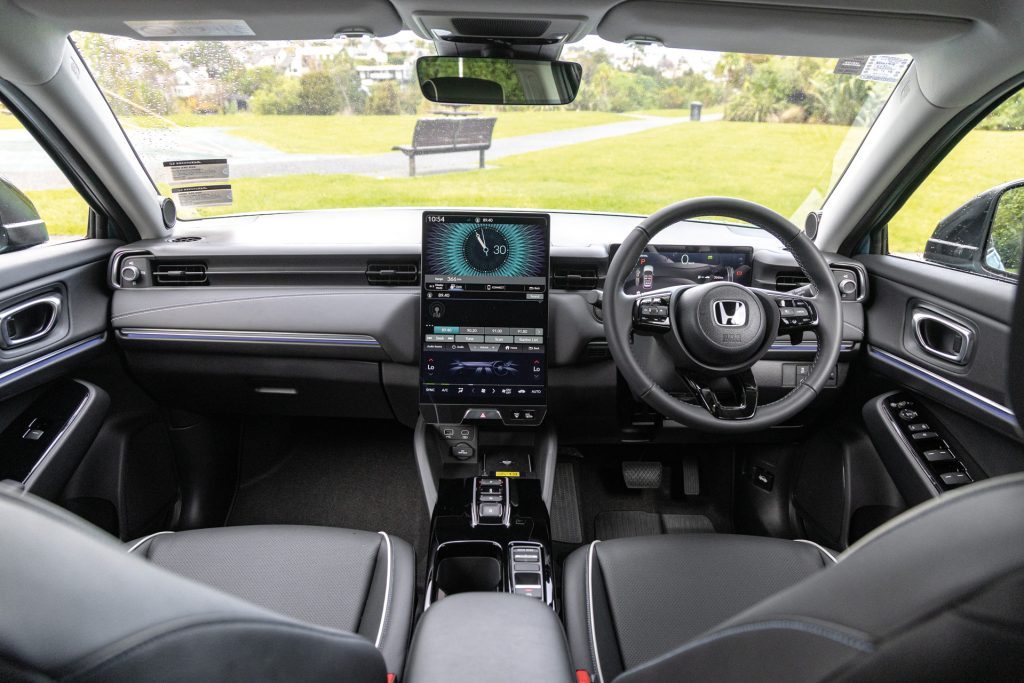
Practicality with a Honda twist
Boot space comes in at 350 litres, expanding to 1160L with the seats down. The rear seats fold 60/40 and there’s some extra hidden storage under the boot floor. No powered tailgate here, nor are there vehicle-to-load ports or a spare wheel.
Inside, Honda’s interior design is minimalist but functional. The rear bench offers ample room, especially in headroom, helped by the lack of a glass roof. A fold-down armrest, rear air vents and USB ports add a degree of comfort, though material quality is more durable than plush. There’s only one seatback pocket and the centre armrest doesn’t lock upright; odd choices, but not dealbreakers.
The front seats are comfortable, offering good adjustment and visibility. The driving position is upright and commanding, with reach and rake adjustable steering and a traditional Honda feel to the control layout. The dash is dominated by a portrait-oriented 15-inch infotainment screen, which runs wireless Apple CarPlay and Android Auto. Climate controls are digital but simple to use, and physical knobs remain for fan and temperature adjustment. There’s a small centre console, deep cupholders, and a wireless phone charger.
Honda’s gear selector uses buttons, and while it works fine, the layout isn’t entirely intuitive; more than once we went to select Drive and accidentally tapped Reverse. That said, you get used to it quickly.
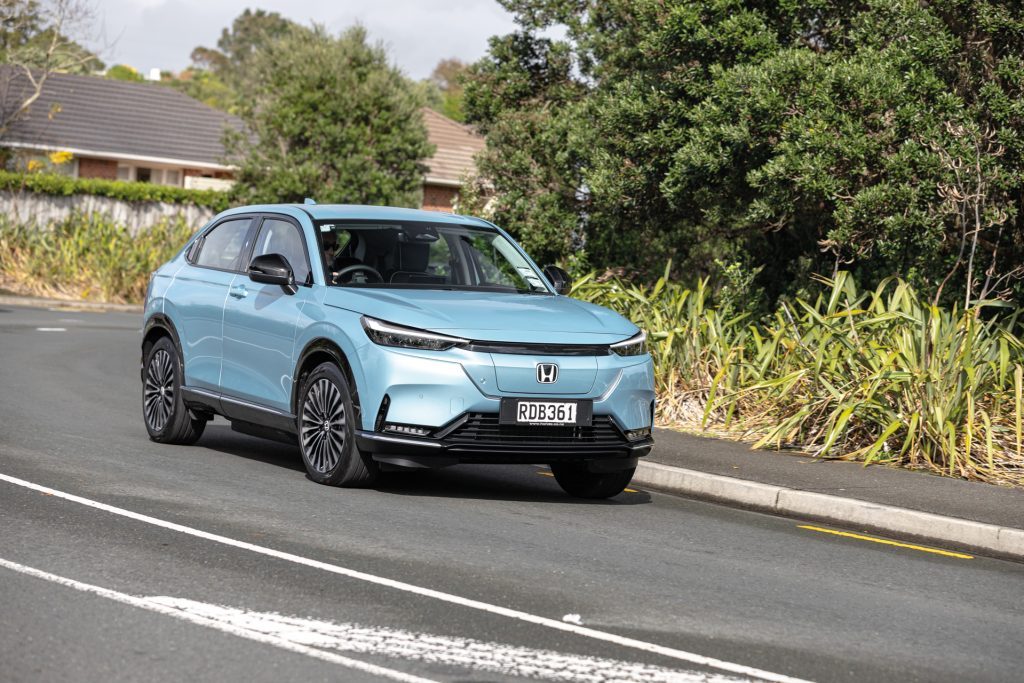
On the road: classic Honda, electrified
The e:N1 is front-wheel drive with a 160kW motor delivering 310Nm of torque. At 1660kg, it’s lighter than many competitors and it shows. Zero to 100km/h comes up in about seven seconds and, more importantly, throttle response feels linear and confident. The tyres are of decent quality and contribute to the car’s surefootedness in the wet; a big plus.
Ride quality is generally good, if a touch firm over rougher roads, and there’s less float than in some Chinese rivals. Steering is light but precise, and while there’s no one-pedal driving, the regenerative braking has three selectable levels. Efficiency is not class-leading, but the overall driving experience is pleasant, with a composed feel at both city and open road speeds.
One drawback is some noticeable drivetrain whine and system sounds; not so much from the speakers as from the motor itself. It’s not intrusive once you’re moving, but a bit of additional noise insulation wouldn’t go amiss.

What’s missing? And does it matter?
Compared to some rivals, especially Chinese brands like BYD and GWM, the e:N1 feels a little light on tech and features. There’s no 360-degree camera, no heated seats, no glass roof and no advanced self-parking systems. However, it does have adaptive cruise control, lane centring and a reasonably comprehensive safety suite. The trade-off is simplicity. And for some buyers, particularly older drivers, traditional Honda owners, or fleet operators, that might be a virtue, not a flaw.
There’s also something to be said for the X factor. The e:N1 manages to feel charming and well-considered, with small design nods that evoke older Honda models. It doesn’t scream for attention, but has a quietly confident personality that many will appreciate.
Price and positioning
At $52,000 plus on-roads ($995), the e:N1 undercuts some Korean rivals, but is more expensive than many similarly-sized Chinese competitors. Honda is offering lease deals from $945/month + GST and finance from $228/week, suggesting they’re serious about courting buyers. The warranty is solid, with five years on the car and eight on the battery.
Solid, sensible
The e:N1 reflects everything Honda does well: a strong focus on user-friendly design, quality construction and a well-judged balance between innovation and familiarity. The e:N1 may not push boundaries, but it brings a reassuring competence to the EV market that will appeal to many pragmatic Kiwi drivers. It may not be revolutionary, but this is a Honda through and through; well-built, likely reliable, sensible.
It’s ideal for those not ready to leap into a brand they’ve never heard of, or those who find screens and gimmicks a little overwhelming. It’s not the fastest, flashiest, or cheapest EV out there but for many, it might be just right.
Honda e:N1
$52,000 / 15.0kWh/100km / 0g/km
0-100 km/h 7.7s
Motor output 150kW
Max torque 310Nm
Battery 68.8kWh
Range 412km
Drivetrain Single-speed auto / FWD
Front suspension Mac strut / swaybar
Rear suspension Torsion beam
Turning circle 11.4m (3.0 turns)
Front brakes Ventilated discs
Rear brakes Discs
Stability systems ABS, ESP
Safety AEB, ACC, BSM, LDW, RCTA, ALK, AHB
Tyre size f/r-225/50R18
Wheelbase 2607mm
L/W/H 4380 / 1790 / 1592mm
Track f-1539mm r-1540mm
Luggage capacity 348-1163L
Tow rating Not rated to tow
Service intervals 12 months/15,000km
Warranty 5yrs / unlimited km
ANCAP rating Not yet rated
Weight (claimed) 1662kg
